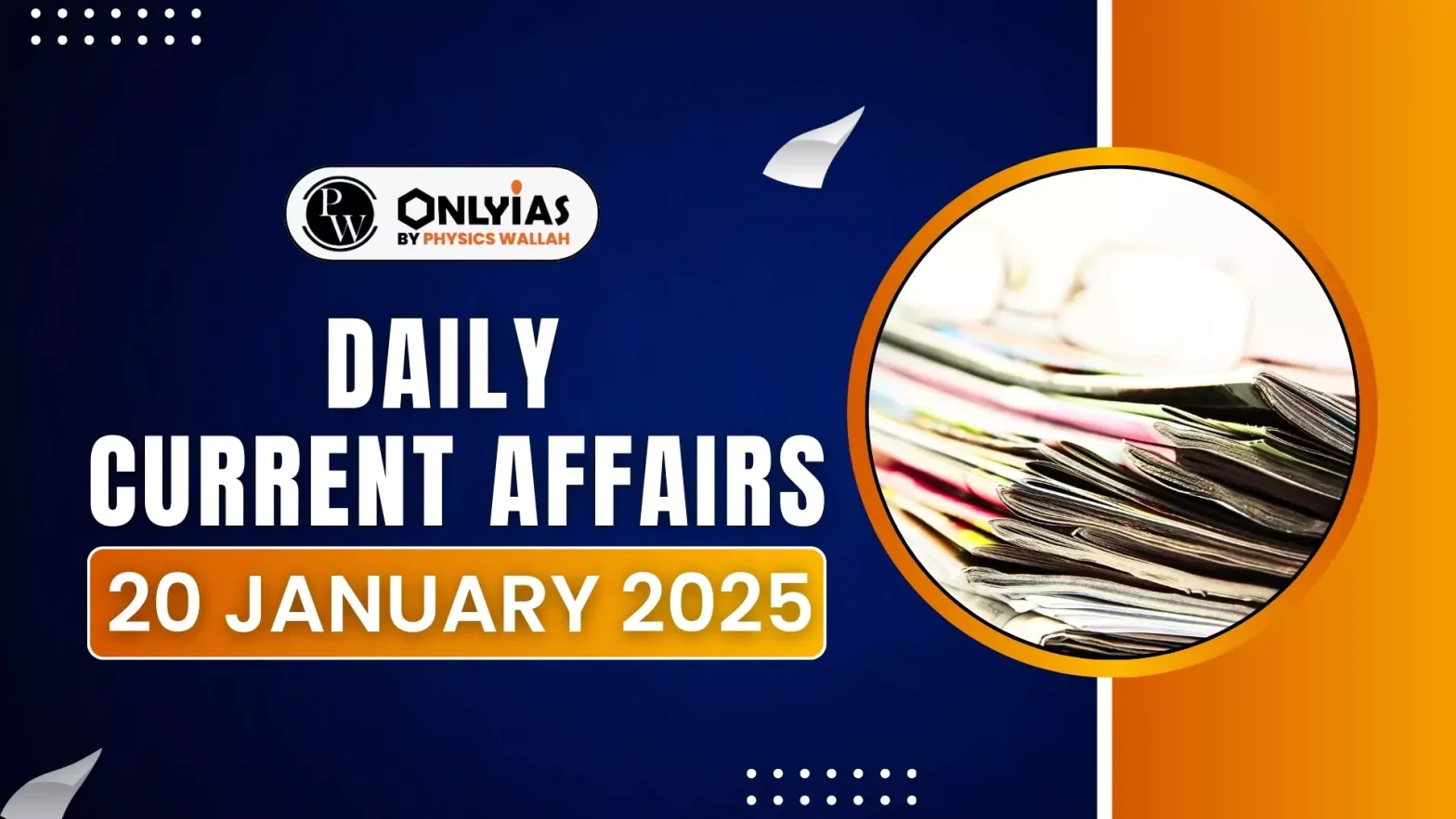The Rubber Board launched iSNR (Indian Sustainable Natural Rubber) and INR Konnect during the platinum jubilee celebrations of the Rubber Act, 1947 in Kottayam, Kerala.
- These initiatives aim to enhance global competitiveness and improve domestic productivity in the rubber sector.
About the Initiatives
iSNR (Indian Sustainable Natural Rubber)
- Aim: To align Indian rubber production with the European Union Deforestation Regulation (EUDR) standards.
- It features traceability certification to ensure compliance with EUDR and verify the origin of rubber products.
- It simplifies compliance for stakeholders targeting the European Union market.
Enroll now for UPSC Online Classes
INR Konnect (Web-Based Platform)
- Objective: Connects owners of untapped rubber plantations with adopters to maximize productivity.
- Certified Network: Rubber Board certifies growers, adopters, and tappers for credibility.
- Training: Provides training in production management and sustainable practices.
- Database: Maintains a comprehensive list of certified tappers.
Status of India’s Rubber Sector
- Global Rank: In 2024 India occupies the fourth position with a production of approximately 911,000 metric tons of natural rubber.
- Top Producer: Kerala accounts for over 90% of India’s rubber production.
- Other States: Tamil Nadu, Karnataka, Tripura, Assam, and Meghalaya also produce rubber.
- Challenges:
- 20-25% of plantations remain untapped.
-
- Climate variations, such as torrential rains.
- Concerns over EUDR implementation.
About Rubber Plantation
- Origin: Native to the Amazon River Basin and was introduced to Asia and Africa by the British.
- Rubber is a rainfed plantation crop (except in nurseries where it needs to be regularly
- irrigated).
- For Example: Indonesian and Malaysian archipelagos and Southern Sri Lanka have the most ideal rainfall pattern for rubber cultivation
- Rubber Extraction:
- Obtained as latex, a milky fluid tapped from the tree bark.
- Latex is processed to produce natural rubber.
- Climatic Conditions Required:
- Climate: Equatorial monsoon climate prevailing in the tropics in between 10 S and 8 N with annual rainfall of 200–300 cm.
- Temperature: High temperatures ranging from 20°-35°C.
- Soil: Deep, well-drained, lateritic soil with good water retention and organic matter.
About Rubber Board
- Establishment: The Rubber Board is a statutory body constituted by the Government of India, under the Rubber Act 1947, for the overall development of the rubber industry in the country.
- Administrative Body: Ministry of Commerce & Industry.
- Mandate: Ensures sustainable growth, supports stakeholders, and enhances the global competitiveness of Indian rubber.
Check Out UPSC NCERT Textbooks From PW Store
Key Initiatives for the Rubber Sector
- National Rubber Policy 2019: Focuses on sustainable and inclusive growth of the rubber industry.
- Sustainable & Inclusive Development of Natural Rubber Sector Scheme: Encourages eco-friendly practices and sectoral growth.
- INROAD (Indian Natural Rubber Operations for Assisted Development) Project: Aims to improve productivity and strengthen the supply chain.
![]() 20 Jan 2025
20 Jan 2025

